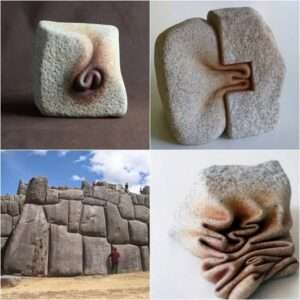During Japan’s tumultuous Sengoku period, women played a crucial role as castle defenders, stepping up as fierce protectors in the absence of men. These onna-musha, or female warriors, were not just placeholders but highly skilled combatants trained in martial arts and weaponry. Their proficiency with the naginata, a polearm closely associated with women’s combat, made them indispensable in safeguarding their families and territories during an era of relentless warfare.

Beyond their martial prowess, onna-musha carried the weighty responsibility of managing castle operations and ensuring their clans’ survival. They supervised supplies, boosted morale, and coordinated defenses, often serving as the last line of resistance against invading forces. Their contributions went well beyond the battlefield, encompassing leadership, strategy, and resilience to protect their people during dire times.

Prominent figures like Ii Naotora, who not only ruled her clan but also defended its lands, and Tachibana Ginchiyo, who led her clan’s army in battle, epitomize the courage and dedication of onna-musha. These women challenged traditional gender roles, underscoring that survival and loyalty to one’s clan transcended gender distinctions. Their legacy underscores the pivotal and diverse roles women fulfilled during Japan’s era of warring states, leaving an enduring imprint on the history of the Sengoku period.





